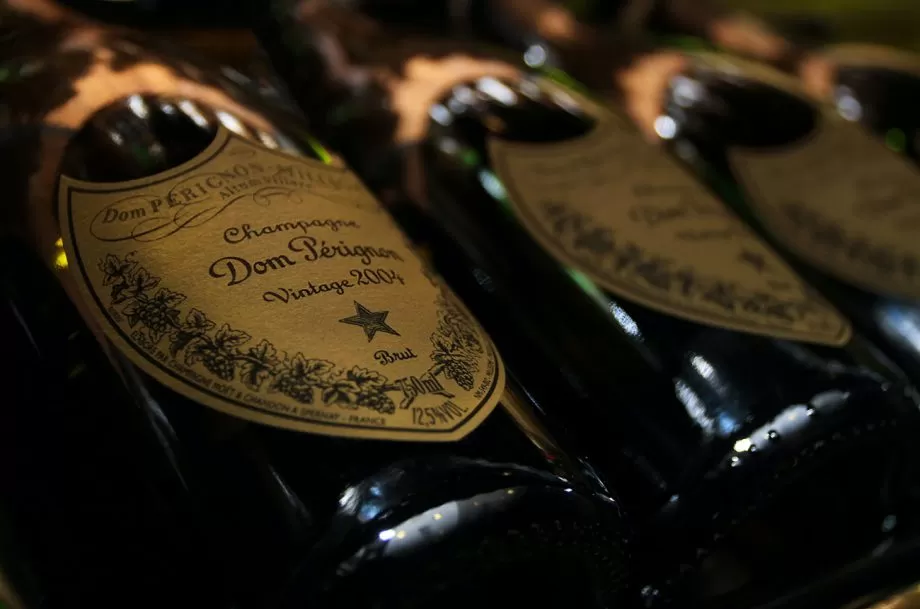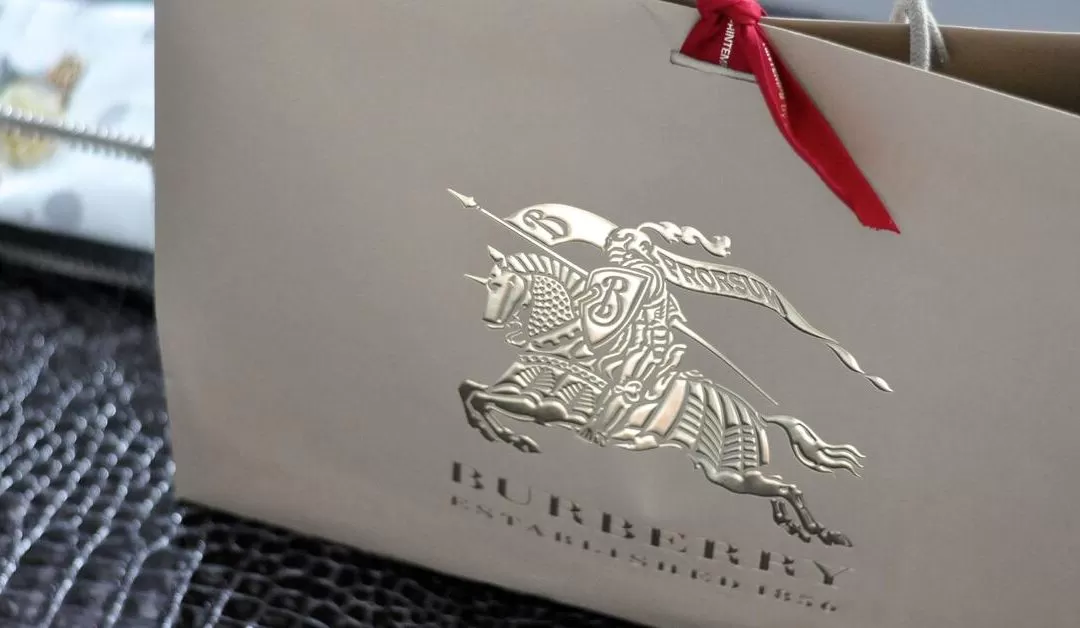Champagne makes a massive bounce back, as sales last year were down by 17.9% to 244 million bottles in volume for the full year versus 2019, while value dropped by 16.7%, shedding some €845m to leave the total standing at €4.2bn.
The going was especially rough in Champagne’s four main markets. France, which as the report says, has been in long-term decline, suffered its 10th consecutive drop in 2020, a 19.9% fall that consolidated the eclipse of domestic sales by exports: the French now account for 46.4% of all Champagne sales, versus 47.5% in 2019.
Meanwhile, the largest market by volume, the UK, lost 21.7% of its volume sales, while the US, the largest by value, was down 18.8% in volume, and Japan shed 24.5% of its imports compared to the previous year.
Champagne Context and Optimism
How much these bald figures tell us about the real health of the Champagne sector is rather open to question, however. Certainly, the Comité (Comité Interprofessional du Vin de Champagne) can muster plenty of evidence to suggest these figures are the result of a one-off shock – a drop in sales that is almost entirely attributable to the unprecedented event of the world’s bars and restaurants closing for weeks or months at a time, more or less simultaneously.
As the Comité’s annual report points out: “The closure of bars and restaurants, restrictions on celebrations and the cancellation of numerous events have curtailed Champagne sales and consumption, often drastically.” But this is by no means the only story. “The year has been a roller coaster,” the report continues, “with very sharp falls (April -68%, May -56%) and equally sharp rises (+50 points between April and June), demonstrating the circumstantial nature of the drop in sales.”
Other indicators point to a deep resilience in the Champagne market. The most striking is the performance of Australia, where Champagne imports soared by a remarkable 11.2%, sparking reports of a shortage in the country. New Zealand, too, bucked the trend, with no drop in imports versus the previous year. As the report says, this is largely attributable to the two countries’ “effective handling of the pandemic”. In other words, in markets where life is somewhere closer to the old “normal”, Champagne thrives.
Champagne in the UK
Much of the bigger global picture in the Champagne market can be found in a microcosm in the UK.
The 21.7% drop in volume meant the UK imported 21.3 million bottles of Champagne in 2020, and it still has some 16% of total Champagne exports. Meanwhile turnover fell by 21.9% to €338.2m, putting it just behind the US with 12.9% of total Champagne export turnover.
As the report points out, however, the UK was at the forefront of trends that have seen Champagne sales rebound since the first lockdown in spring 2020: a switch to drinking Champagne at home, which was very much a part of a premiumisation of take-home drinking in the absence of the on-trade and public events. Both supermarkets and merchants saw a rise in Champagne sales during 2020, with supermarket sales increasing by 6.1% to 9.8 million bottles, and with many retailers reporting a spike in online Champagne sales.
A wide variety of Wine, Champagne, Beers and Spirits articles are available here.





